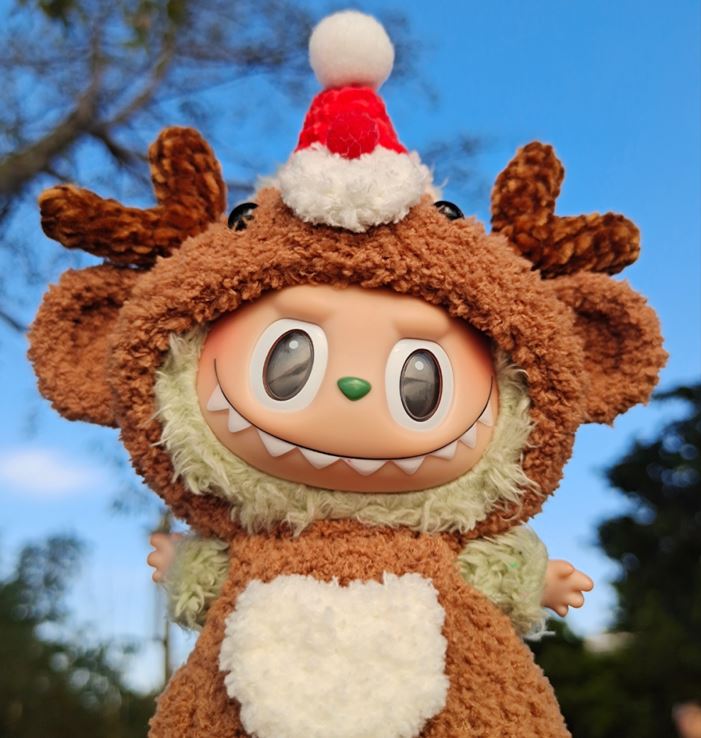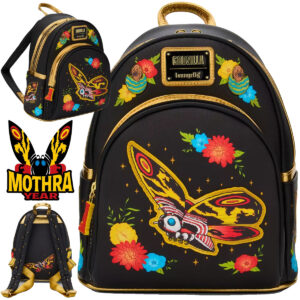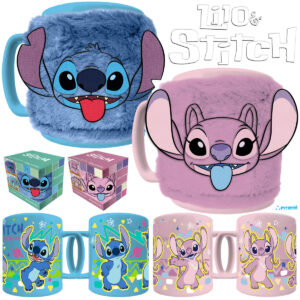
In recent years, a peculiar character has been catching the attention of adults and celebrities around the world: Labubu. This collectible toy, created by artist Kasing Lung and produced by Asian giant Pop Mart, stands out for its unusual appearance and for being part of the universe of so-called “designer toys”. The Labubu phenomenon gained momentum on social media, driven by public figures and global pop culture.
With its pointy ears, big eyes and sharp-toothed smile, Labubu represents the aesthetic known as “ugly-cute”, that is, something that mixes the strange and the adorable. Since its creation, the character has gained space in the collections of fans of all ages, especially among adults who see toys as a form of expression and nostalgia. Labubu’s success reflects a growing trend: the market for toys for adults, also known as “kidults”.
What makes Labubu so popular among collectors?
Labubu is not just a toy, but a desirable item that unites different cultural trends. One of the factors contributing to its popularity is the “blind box” sales format, in which the buyer only finds out which character they have purchased after opening the packaging. This system encourages the search for rare versions and encourages exchanges between collectors, in addition to moving the secondary market, where limited pieces can reach high prices.
In recent years, a peculiar character has been catching the attention of adults and celebrities around the world: Labubu. This collectible toy, created by artist Kasing Lung and produced by Asian giant Pop Mart, stands out for its unusual appearance and for being part of the universe of so-called “designer toys”. The Labubu phenomenon gained momentum on social media, driven by public figures and global pop culture.
With its pointy ears, big eyes and sharp-toothed smile, Labubu represents the aesthetic known as “ugly-cute”, that is, something that mixes the strange and the adorable. Since its creation, the character has gained space in the collections of fans of all ages, especially among adults who see toys as a form of expression and nostalgia. Labubu’s success reflects a growing trend: the market for toys for adults, also known as “kidults”.
What makes Labubu so popular among collectors?
Labubu is not just a toy, but a desirable item that unites different cultural trends. One of the factors contributing to its popularity is the “blind box” sales format, in which the buyer only finds out which character they have purchased after opening the packaging. This system encourages the search for rare versions and encourages exchanges between collectors, in addition to moving the secondary market, where limited pieces can reach high prices.
Furthermore, the influence of celebrities and digital influencers has been fundamental to Labubu’s growth. Personalities such as Lisa from the group BLACKPINK and singer Dua Lipa have already shown off their versions of the character, which has further boosted global interest. In Brazil, the toy’s presence on popular social media profiles has also contributed to increasing its visibility, even without official Pop Mart stores in the country.
How does the Pop Mart collectible toy market work?
The world of collectible toys, especially those produced by Pop Mart, has its own dynamic. Products are released in limited series, with different characters and special editions. Labubu, for example, can be found in common, special and ultra-rare versions, each with different values on the market. Prices vary according to exclusivity and demand, and can exceed thousands of reais in the case of rare pieces.
- Common models: generally cost from R$140.
- Special editions: can vary between R$300 and R$1,500.
- Rare items: can cost more than R$5,000.
Since there will be no official Pop Mart stores in Brazil until 2025, these toys are usually purchased through resellers or international platforms, such as Shopee, AliExpress, eBay and StockX. This can make the product more expensive due to import and resale fees.
Why has Labubu become a worldwide trend?
Labubu’s success is linked to different cultural and behavioral factors. The character’s maximalist and eccentric aesthetic speaks to the search for unique and personalized items, something that many consumers value today. In addition, the influence of Asian culture on global fashion and entertainment has strengthened the presence of designer toys in the daily lives of adults and young people.
- “Ugly-cute” aesthetic: mixes monstrous and childish features, creating identification with diverse audiences.
- Collectibles market: adults seek items that remind them of their childhood and provide a sense of belonging.
- Digital influence: celebrities and influencers drive trends and expand the reach of products.
Furthermore, in times of anxiety and excessive digital stimulation, many adults find collectible toys a form of relaxation and personal expression. In this context, the Labubu has become a symbol of a generation that values both nostalgia and originality.
Labubu: fad or pop culture icon?
Labubu has already surpassed the boundaries of the toy universe and has established itself as a reference in contemporary pop culture. Whether as a collector’s item, decorative element or symbol of trends, the Pop Mart character continues to win over new fans around the world. The debate over its appearance – somewhere between strange and adorable – only reinforces its impact and its ability to generate conversations on social media.
As Labubu’s presence grows in Brazil and other countries, the character shows that, more than just a toy, it can represent a new form of consumption and cultural expression. The phenomenon highlights how seemingly simple items can become symbols of an era, connecting people through stories, memories and global trends.


